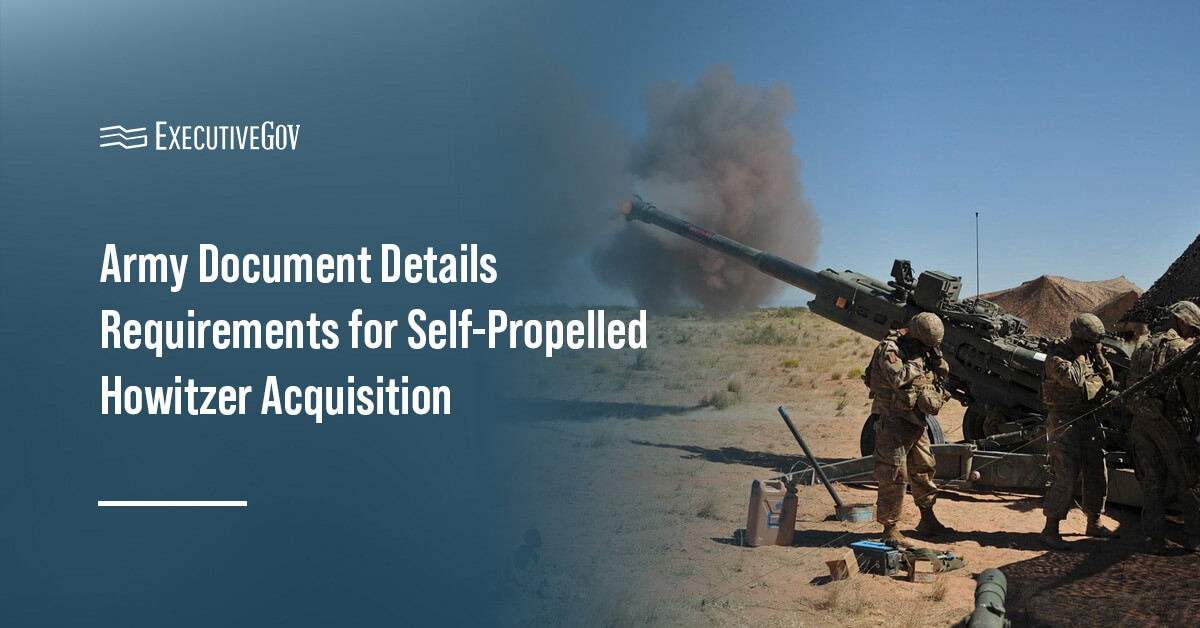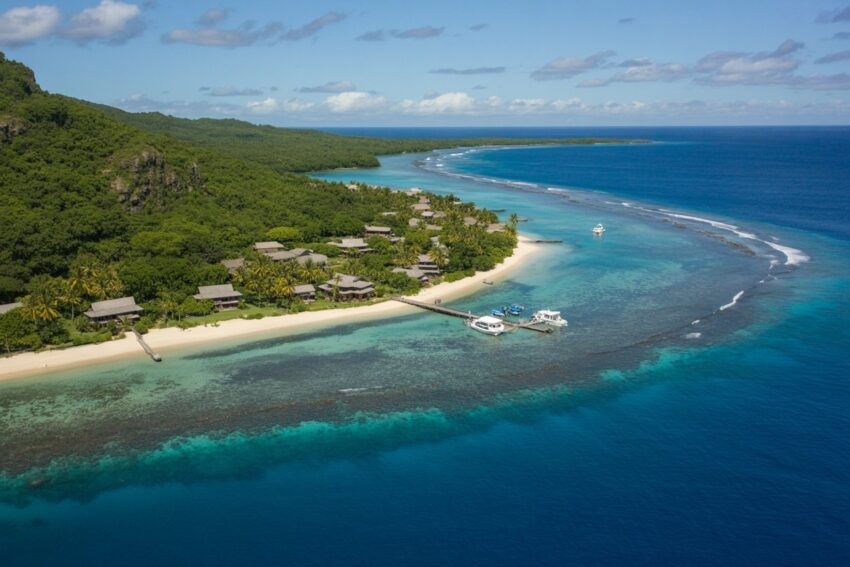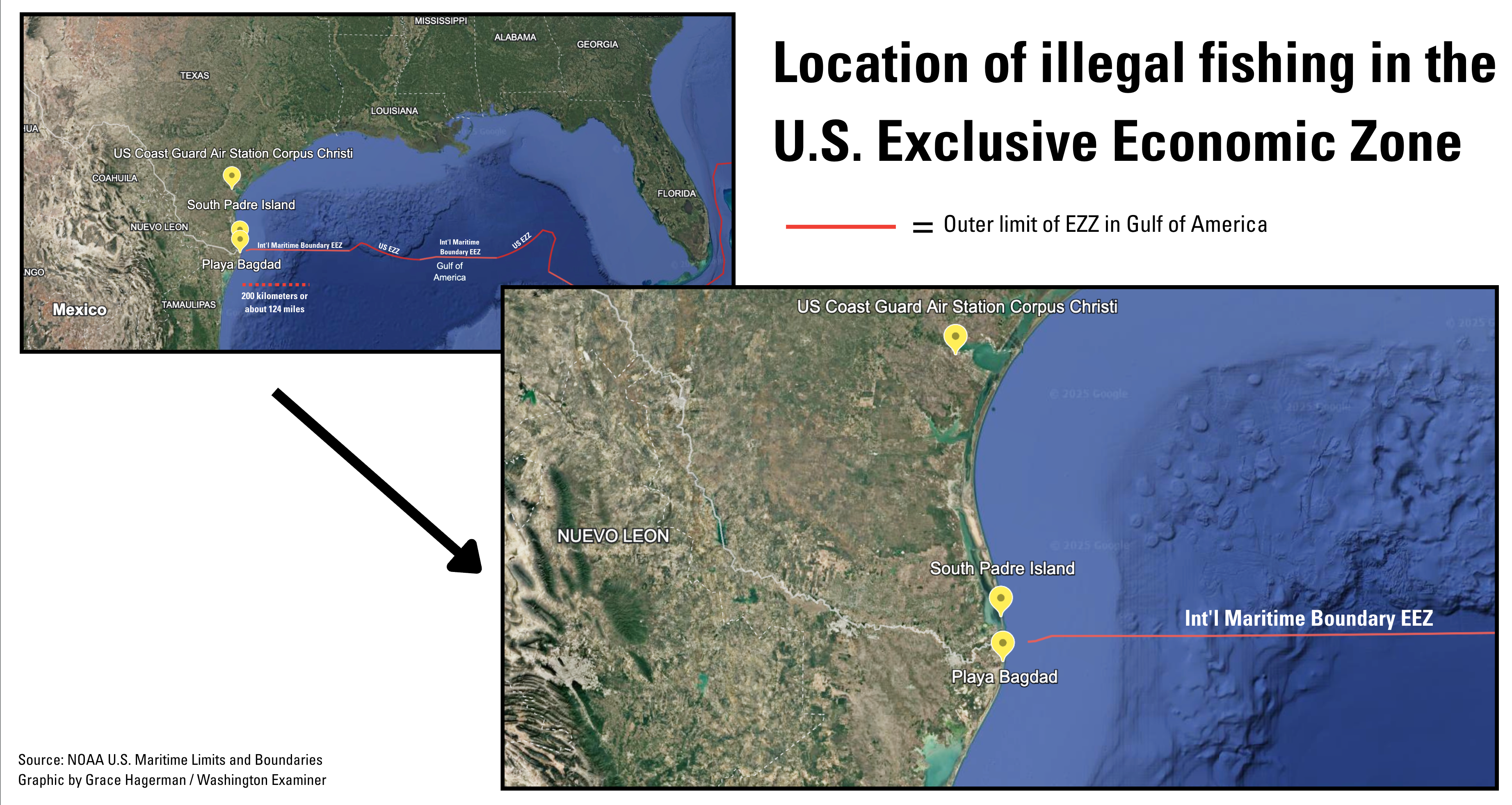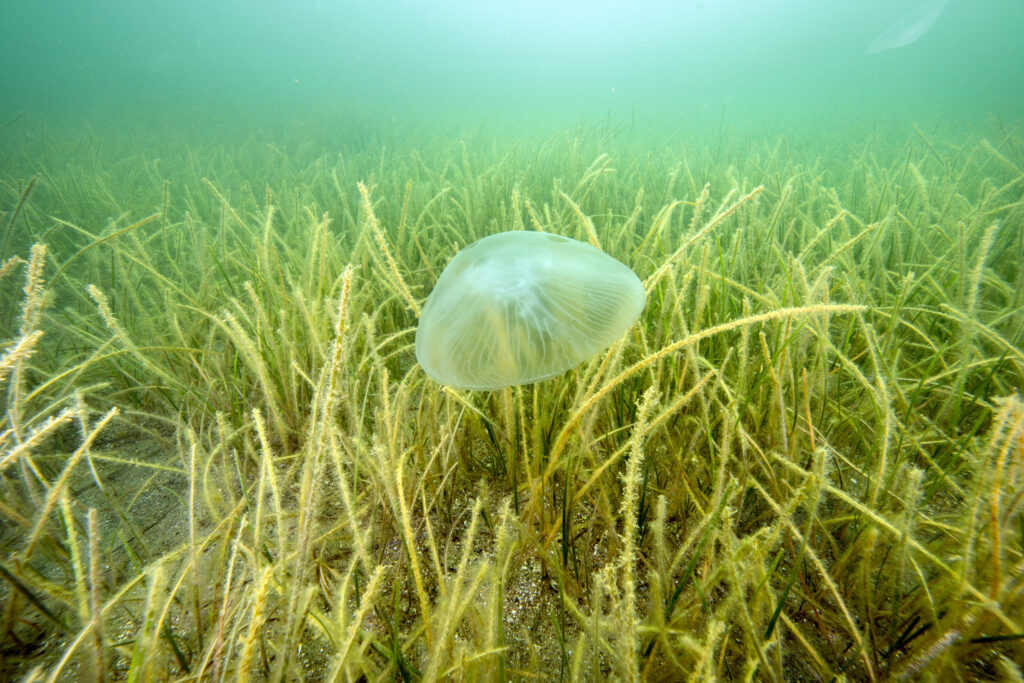Report on the WTO Agreement on Fisheries Subsidies and its Contribution to Sustainable Development Goals
Executive Summary
The World Trade Organization (WTO) Agreement on Fisheries Subsidies, which entered into force in September, constitutes a significant advancement in global ocean governance and a critical instrument for achieving the United Nations Sustainable Development Goals (SDGs). This report outlines the agreement’s core provisions, its direct alignment with SDG 14 (Life Below Water), and the mechanisms established to ensure its effective implementation for the conservation and sustainable use of marine resources for future generations.
Direct Alignment with Sustainable Development Goal 14
This agreement is the first WTO instrument primarily focused on environmental sustainability and directly fulfills the mandate of SDG Target 14.6. This target explicitly calls on the WTO to prohibit harmful fisheries subsidies that contribute to overcapacity, overfishing, and illegal, unreported, and unregulated (IUU) fishing. By establishing new, binding multilateral rules, the agreement provides the primary legal framework for achieving this specific target, thereby contributing to the broader goal of conserving and sustainably using the oceans, seas, and marine resources.
Core Provisions for Advancing Ocean Sustainability
The agreement establishes enforceable disciplines to curb harmful government support for the fishing sector. These provisions are fundamental to achieving the objectives of SDG 14.
- Prohibition of Support for IUU Fishing: A complete ban on subsidies for illegal, unreported, and unregulated fishing, which is a primary driver of marine ecosystem degradation and a direct threat to sustainable fisheries.
- Prohibition of Subsidies for Overfished Stocks: A ban on subsidies for the fishing of stocks that are already in a depleted, overfished condition, thereby supporting global efforts to rebuild marine populations and ensure food security.
- Prohibition of Subsidies for Unregulated High Seas Fishing: A ban on subsidies for fishing in the unregulated high seas, which are areas beyond national jurisdiction and highly vulnerable to overexploitation. This provision strengthens governance in global commons, a key aspect of sustainable development.
- Enhanced Transparency and Notification: The agreement mandates extensive transparency provisions, requiring WTO members to provide detailed information on their fisheries subsidies. This fosters accountability and allows for the monitoring of progress towards SDG 14.6.
Implementation and Support Mechanisms for Equitable Progress
The entry into force of the agreement initiates a new phase of implementation and accountability, supported by mechanisms designed to ensure inclusive participation, aligning with SDG 17 (Partnerships for the Goals).
- WTO Committee on Fisheries Subsidies: A new committee has been established to review members’ compliance and oversee the implementation of the agreement, ensuring a robust monitoring framework for SDG-related commitments.
- WTO Fisheries Funding Mechanism (The Fish Fund): This fund provides technical assistance and capacity-building to developing and least-developed countries. It aims to help them implement the new disciplines and enhance the sustainability of their fisheries sectors, ensuring no one is left behind in the pursuit of the SDGs.
- Multi-Stakeholder Partnerships: The Fish Fund collaborates with key international organizations, including the Food and Agriculture Organization of the United Nations (FAO), the International Fund for Agricultural Development (IFAD), and the World Bank, leveraging collective expertise to support the SDGs.
The European Union’s Role in Championing SDG 14.6
The European Union has demonstrated significant leadership in advancing the objectives of the agreement and SDG 14.
- Early Ratification: The EU was among the first WTO members to ratify the agreement on behalf of its 27 member states, signaling a strong commitment to ocean sustainability.
- Financial Contribution: The EU is a major contributor to the WTO Fish Fund, pledging €1 million in 2024 to support developing countries in their implementation efforts, thereby fostering global partnership for sustainable development.
- Diplomatic Advocacy: The EU actively encourages universal acceptance of the agreement, particularly among major fishing nations, to maximize its global impact on ocean health and the comprehensive achievement of the Sustainable Development Goals.
1. Which SDGs are addressed or connected to the issues highlighted in the article?
The article primarily addresses issues related to the following Sustainable Development Goals:
-
SDG 14: Life Below Water
This is the most central SDG discussed. The article explicitly states that the WTO agreement is “in line with UN Sustainable Development Goal 14.6.” The entire focus of the agreement is to protect ocean resources by eliminating harmful fisheries subsidies, banning support for overfishing and illegal, unreported, and unregulated (IUU) fishing, and promoting sustainable fisheries. These actions directly contribute to the conservation and sustainable use of the oceans, seas, and marine resources.
-
SDG 17: Partnerships for the Goals
The article highlights the importance of global cooperation to achieve the agreement’s objectives. The agreement itself is a result of “lengthy multilateral negotiations” within the World Trade Organization. Furthermore, the establishment of the “WTO Fish Fund” demonstrates a partnership involving the WTO, the Food and Agriculture Organization (FAO), the International Fund for Agricultural Development (IFAD), and the World Bank to help developing countries implement the agreement. The EU’s role in encouraging other nations and contributing to the fund also underscores this theme of partnership.
2. What specific targets under those SDGs can be identified based on the article’s content?
Based on the article, the following specific SDG targets can be identified:
-
Target 14.6
This target is explicitly mentioned in the article: “In line with UN Sustainable Development Goal 14.6, which mandates the WTO to ban subsidies harmful to fisheries, the agreement includes a ban on support for illegal, unregulated and unreported (IUU) fishing…”. The agreement is a direct instrument created to achieve this target, which calls for prohibiting certain forms of fisheries subsidies that contribute to overcapacity and overfishing, and eliminating subsidies that contribute to IUU fishing.
-
Target 14.4
The article states the agreement “bans support for overfishing of fish stocks” and subsidies for “illegal, unreported and unregulated (IUU) fishing”. This directly aligns with Target 14.4, which aims to, by 2020, “effectively regulate harvesting and end overfishing, illegal, unreported and unregulated fishing and destructive fishing practices and implement science-based management plans, in order to restore fish stocks in the shortest time feasible.”
-
Target 14.c
The WTO agreement represents a new set of “binding and enforceable provisions” and “multilateral rules” that constitute international law for ocean governance. Its purpose is to “protect ocean resources” and ensure “sustainable fisheries.” This relates to Target 14.c, which aims to “Enhance the conservation and sustainable use of oceans and their resources by implementing international law as reflected in the United Nations Convention on the Law of the Sea.”
-
Target 17.16
The article describes a global partnership to achieve its goals. The WTO agreement itself is a multilateral achievement, and the “WTO Fish Fund” is a multi-stakeholder partnership involving the WTO, FAO, IFAD, and the World Bank. This directly supports Target 17.16, which is to “Enhance the global partnership for sustainable development, complemented by multi-stakeholder partnerships that mobilize and share knowledge, expertise, technology and financial resources, to support the achievement of the Sustainable Development Goals in all countries, in particular developing countries.”
3. Are there any indicators mentioned or implied in the article that can be used to measure progress towards the identified targets?
Yes, the article mentions or implies several indicators that can be used to measure progress:
-
Ratification and Implementation of the WTO Agreement
The primary indicator for Target 14.6 is the degree of implementation of the agreement itself. The article provides a quantifiable measure of progress by stating that the “required majority has been reached” for the agreement to enter into force and that it “has been adopted by 111 WTO members.” The ongoing call for “other members, especially large fishing nations, to accept the agreement quickly” also points to the number of ratifying countries as a key progress indicator.
-
Transparency and Monitoring Mechanisms
The article mentions “extensive transparency and notification provisions to monitor implementation of the agreement.” It specifies that “WTO members must provide a range of detailed information, which will be reviewed by a new WTO Committee on Fisheries Subsidies.” The establishment of this committee and the submission of national reports on fisheries subsidies serve as a direct mechanism and indicator for tracking compliance and progress.
-
Financial Contributions to Support Implementation
For Target 17.16, the functioning of the WTO Fish Fund is an indicator. The article provides a specific, measurable example of this: “In 2024, the EU has pledged €1 million to the fisheries funding mechanism under this measure.” Such financial commitments are a clear indicator of the partnership’s activity and support for developing countries.
4. Table of SDGs, Targets, and Indicators
| SDGs | Targets | Indicators Identified in the Article |
|---|---|---|
| SDG 14: Life Below Water | Target 14.6: Prohibit certain forms of fisheries subsidies which contribute to overcapacity and overfishing, and eliminate subsidies that contribute to IUU fishing. |
|
| Target 14.4: By 2020, effectively regulate harvesting and end overfishing, illegal, unreported and unregulated fishing. |
|
|
| Target 14.c: Enhance the conservation and sustainable use of oceans and their resources by implementing international law. |
|
|
| SDG 17: Partnerships for the Goals | Target 17.16: Enhance the global partnership for sustainable development. |
|
Source: wodnesprawy.pl







